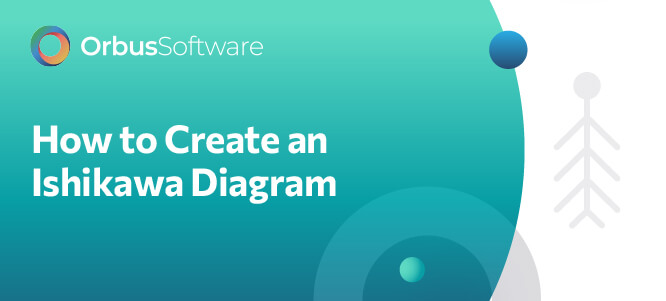First conceived by Japanese organizational theorist Dr Kaoru Ishikawa in 1943, the Ishikawa diagram helps organizations understand their processes, measure quality and determine solutions.
A Complete Guide to Ishikawa Diagrams
Too often in business, as in life, we treat the symptom and not the cause. And too often the problem reoccurs and manifests itself in all manner of ways. Without the correct approach to find a remedy these issues will only grow, reoccur and spread.
First conceived by Japanese organizational theorist Dr Kaoru Ishikawa in 1943, the Ishikawa diagram goes by a variety of names, including fishbone, herringbone, cause-and-effect and fishikawa.
Its primary purpose is straightforward: to identify and classify causes of an event; often uncovering the roots of potential defects or problems. In this way an Ishikawa diagram helps organizations understand their processes, measure quality and determine solutions.
Check out the Orbus Software guide and get our top tips on constructing an Ishikawa diagram and find out:
- How to define a problem statement
- The 6Ms that identify major factors
- The 5 ‘whys’ of root cause analysis
- Ishikawa diagram structure
- A step by step guide to creating your own Ishikawa diagram!
Download a copy now to find out how to design an Ishikawa diagram that can treat your organization’s ailments.
